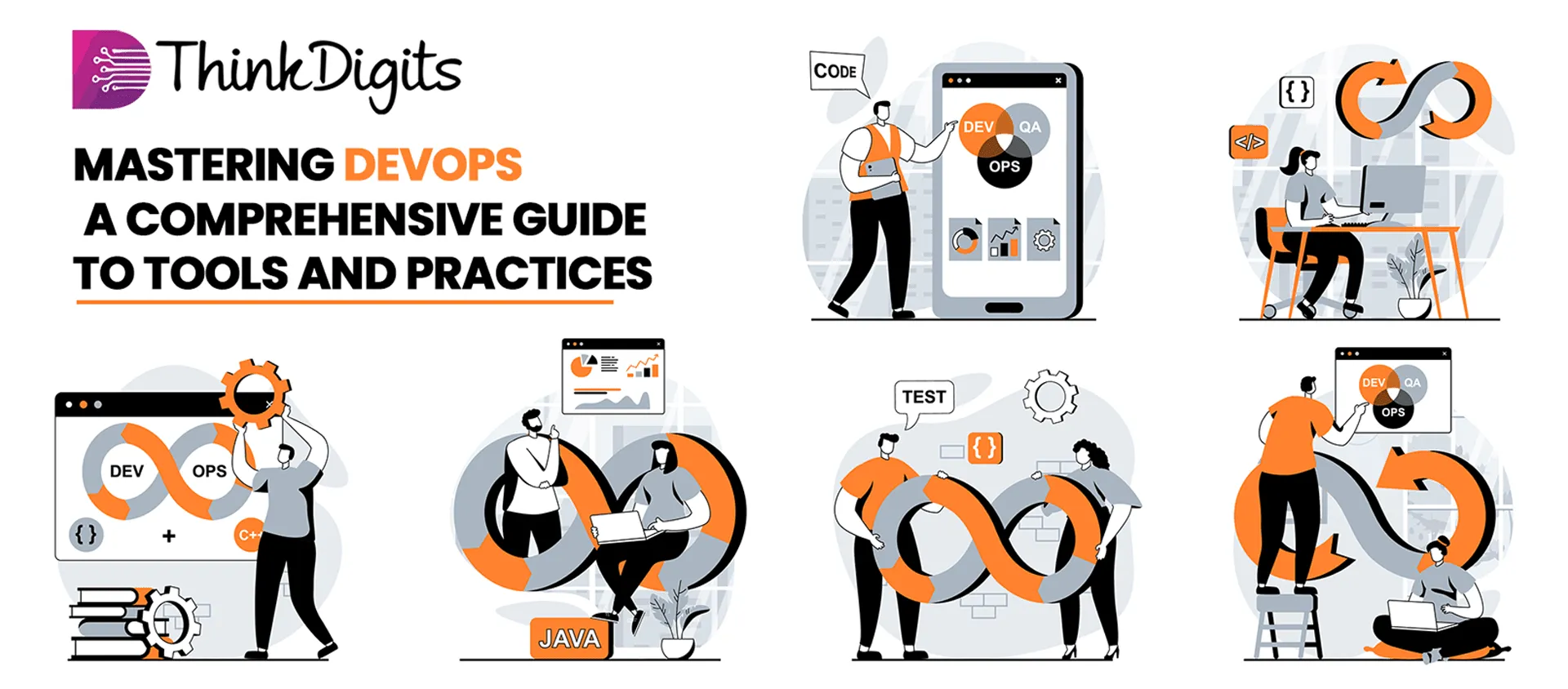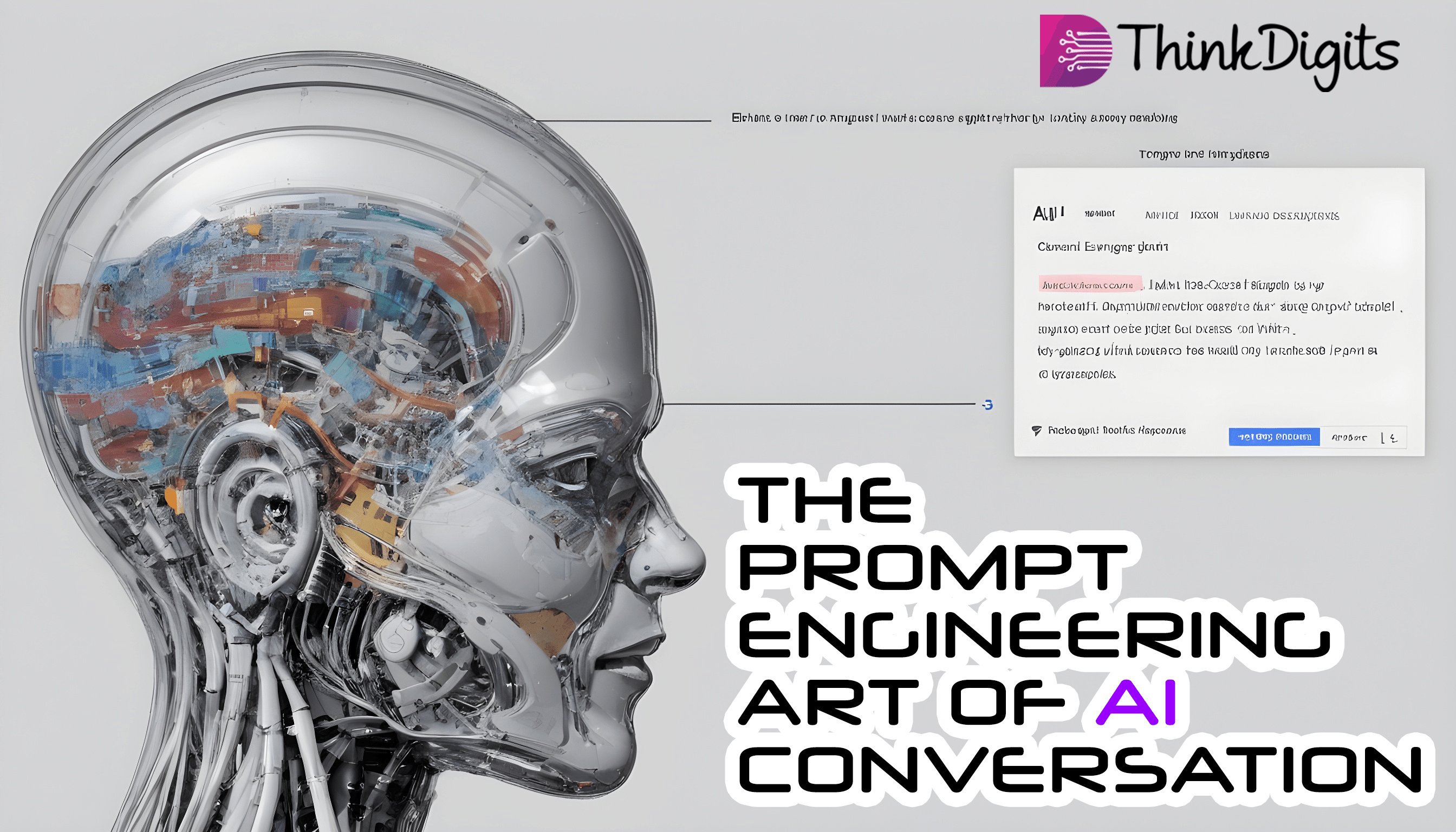Data Integration: A Challenge for Enterprises
Data Integration refers to the process of combining data from a variety of sources and storing it in a secure central data repository. This process can provide businesses with quick access to valuable information that can enhance their efficiency. That being said, data integration isn’t without its fair share of challenges.
Your business has to collect data through different applications from varying sources. Each of these sources may have been following its own process of maintaining data, which is drastically different from yours. As such, you have to deal with disparate data formats and sources and this can get frustrating.
On the other hand, the data you need might not be available where it needs to be. This could result in your team not having proper access to the information they desperately require. Enterprises could also encounter the issue of ending up with erroneous, outdated, and redundant data. A major challenge with data integration could also involve enterprises being bombarded with way too much data than they need. This overwhelming amount of data could very well be burying valuable information within.
It is important to overcome these challenges for enterprises to leverage data that boosts their teams’ productivity and helps them grow. Fortunately, we have artificial intelligence platforms today that can do just that.
True Potential of Data-Driven Decision Making
Data-Driven Decision Making is fundamental for any enterprise that wants to thrive in today’s cut-throat environment. In fact, there is enough evidence today that proves that data-driven decision-making powered by artificial intelligence platforms can help businesses expedite their operations while saving valuable time and money.
Such decisions involve leveraging past information to predict the challenges and opportunities that await an enterprise in the future. Without data, a business is basically flying blind. Data-Driven Decision Making could result in
- Greater Transparency and Accountability
- Constant improvement with continuous implementation of incremental changes
- Unearthing precise analytical insights
- Get crystal-clear feedback for launched market research
Enterprises are becoming more consistent across the spectrum with regards to executing their operations
How AI and ML are Being Used to Improve Data Quality
As we mentioned before, one of the biggest challenges facing data integration is poor data quality. Thankfully, we have data transformation in machine learning and artificial intelligence to address this concern.
Below are just a few ways in which AI and ML are being used across industry set-ups to improve data quality.
- Filling missing data gaps by making intelligent calculated assessments
- Expediting Data Cleansing Process
- Detecting patterns, rare occurrences, or drawing connections in a pool of data
- Identify/remove duplicate data
- Assess information for relevance
- Match or validate data in a bid to improve data quality
Role of AI and ML in Transforming Data Integration
It should be obvious by now how significant the role of AI and ML is with regard to improving data integration. This is precisely why so many companies today are employing artificial intelligence services in the USA to map relevant data in a quick and efficient manner. Both AI and ML are particularly helpful in helping businesses gather and process big data with remarkable precision and speed.
With data transformation considerably automated, such tools can help businesses find hidden patterns and draw valuable insights that help them make informed decisions. So if you wish to enhance the efficiency of your organization’s data integration process as well, we suggest you look no further than ThinkDigits – a leading provider of machine learning and artificial intelligence services in the USA.



